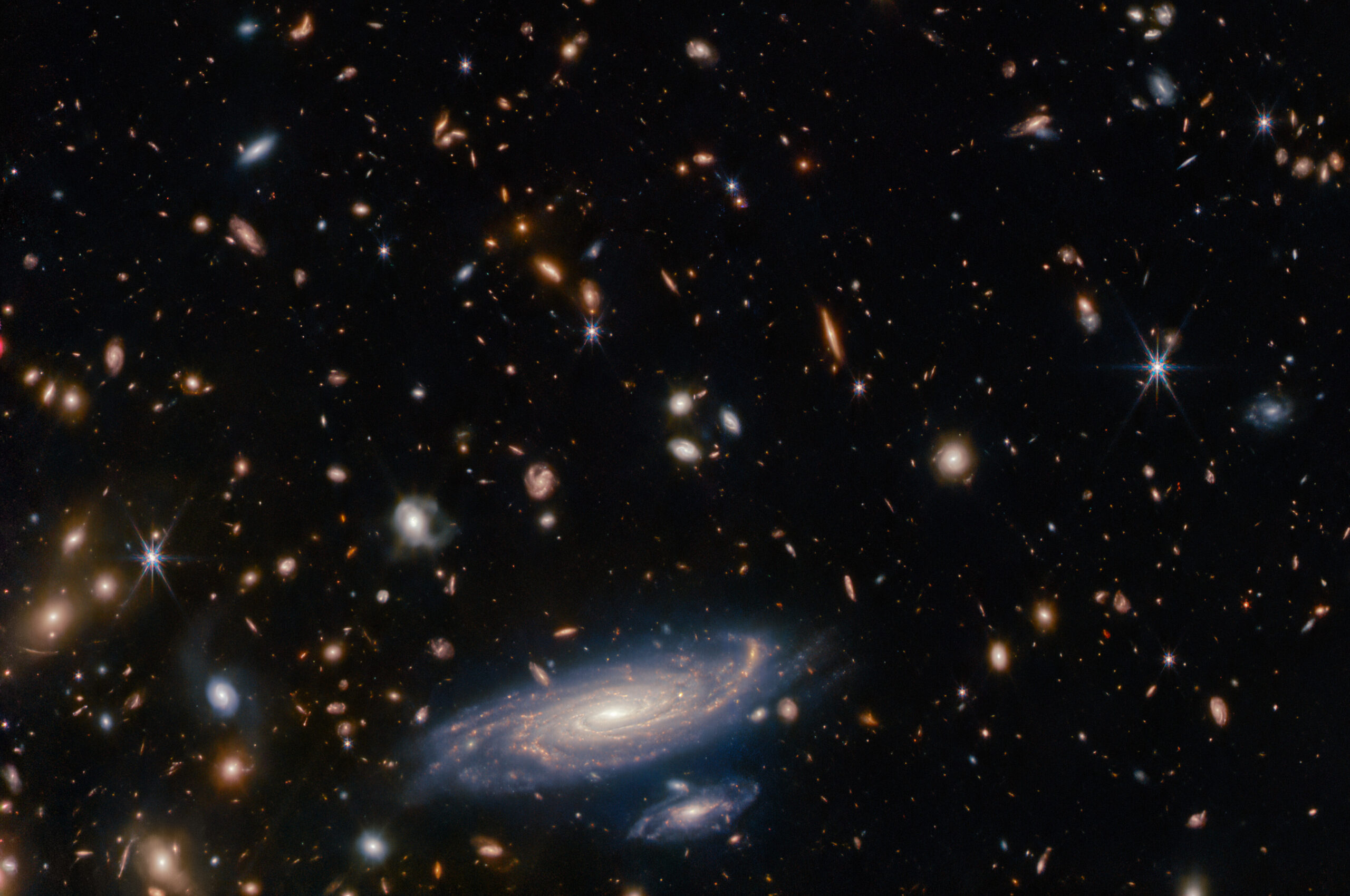This volume offers a thorough exploration of the observation of Earth's water–energy cycle, a foundational aspect of climate science. It features a collection of up-to-date articles that provide insights into current estimates of the Earth’s water and energy fluxes, based on satellite observations, atmosphere–ocean reanalyses, and global coupled atmosphere–ocean model simulations. The book deepens our understanding of the role of clouds in the energy cycle, focusing particularly on tropical clouds and their responses to surface warming patterns, which influence global warming. It also examines the connection between tropical clouds and deep convection in the tropics. Furthermore, the volume identifies key priorities for developing an integrated and optimized observation system for Earth's water–energy cycle. It highlights the challenges currently faced in monitoring and modeling this cycle to improve predictions on annual to multi-decadal timescales.
This collection features research from the ISSI Workshop: Tipping Points and Understanding EO data needs for a Tipping Element Model Intercomparison Project, held from October 10-14, 2022. Building on the successful Forum on “Tipping points in the Earth’s Climate” in January of 2021, this Workshop involved Earth Observation experts in the planning of the experimental protocol and in understanding needs and co-design data-use strategies for modelling of tipping elements and their interactions.
Venus is a scientifically rich target for exploration.The evolution of Venus is, at present, poorly known, despite it being our closest planetary neighbor. This book reviews current knowledge of how Venus formed, evolved, and reached its current state. It is not clear how its tectonic and volcanic activity has varied through history, nor whether it once had a habitable phase with liquid water on its surface. Science questions addressed in the book span interior processes, surface geology, the atmosphere, climate, evidence for current activity, and the potential for past habitability.
This collection presents results from the ISSI Workshop "Surface Bounded Exospheres and Interactions in the Solar System" which reviewed the knowledge on the surface-bounded exosphere conditions, generation, variability and loss processes, from theoretical, observational and experimental points of view. The output collects the present state of knowledge on this subject and drafts a roadmap for future investigations in view of the next missions, i.e., BepiColombo to Mercury or orbiters and landers to be operated on the Moon.
This work got its start by trying to answer the question "how do you evaluate the scientific performance of the ESA's Science Programme missions?" For many years, the decision makers responsible for the content of the ESA Science Programme have been provided with information for each mission including, but not limited to, the number of publications published, the number of publications that are highly cited, the total number of citations used, various statistical metrics and the number of unique author names. However, this reporting only provides snapshots of these missions and was not widely distributed.
This collection presents results from the ISSI Workshop "Solar and Stellar Dynamos: a New Era", held 13–17 June 2022, which aimed to take stock of the considerable progress in our understanding of many aspects of solar and stellar dynamos that has been made during the last decade. This became possible thanks to a wealth of observations from the ground and from space, the study of simplified models, and a new generation of comprehensive 3D MHD simulations.

